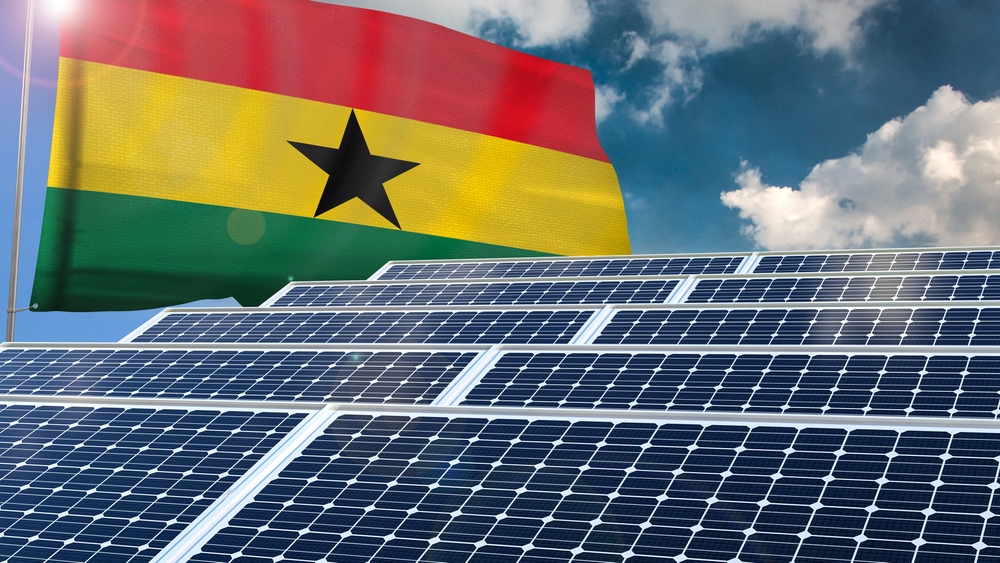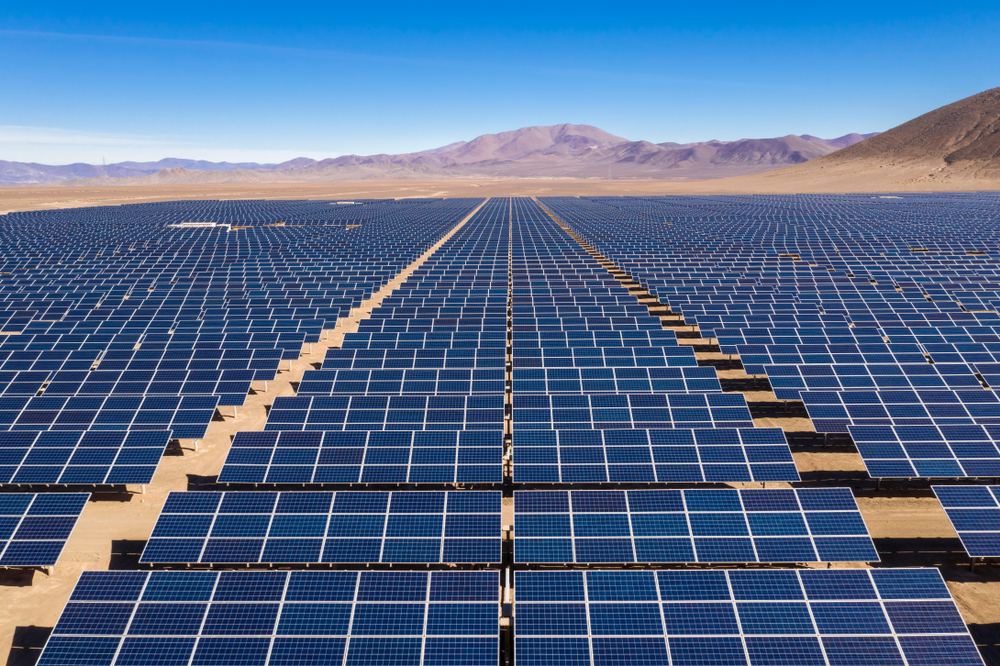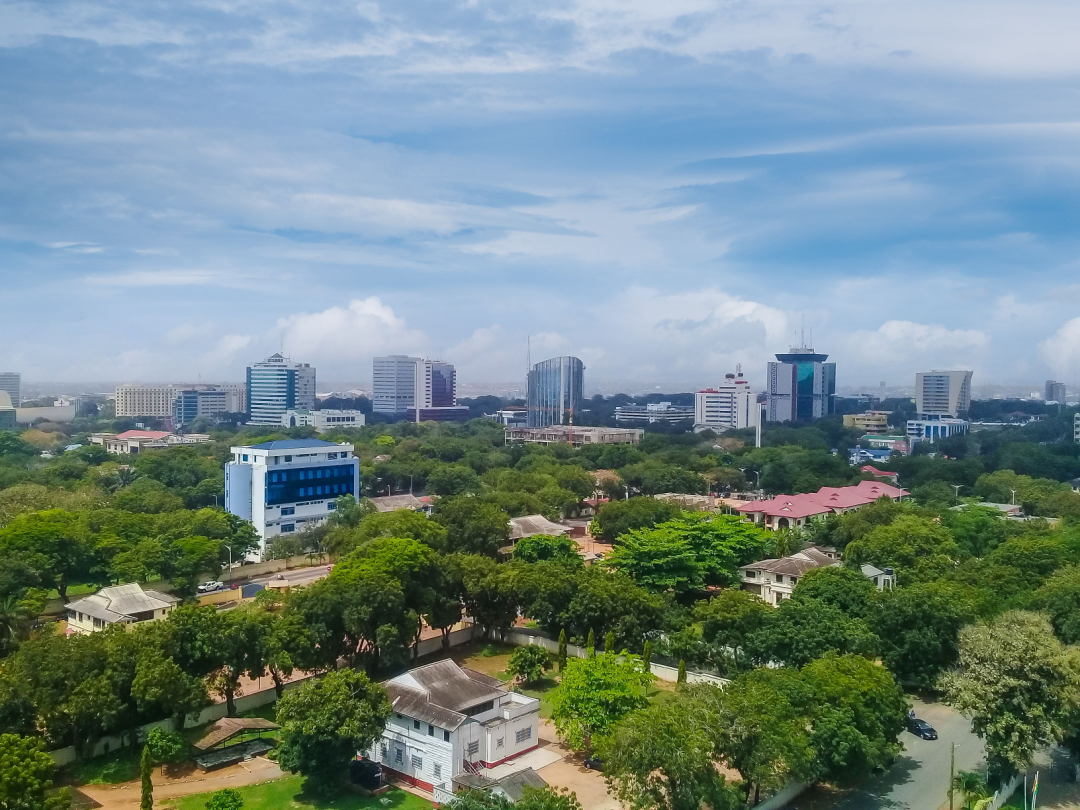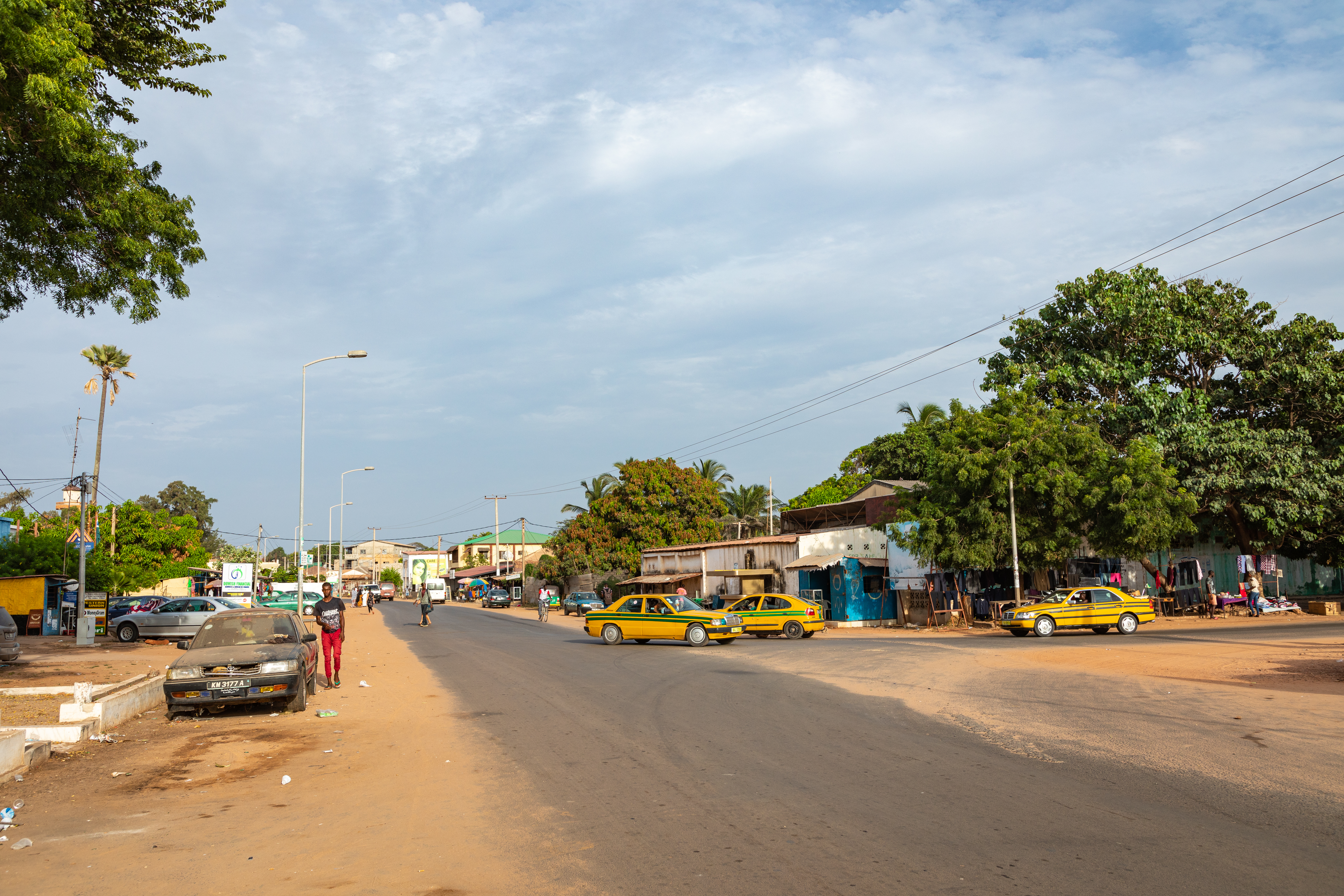
Scaling renewable energy program (SREP) project
Scaling renewable energy program (SREP) project
3 November, 2022Context
At 85%, Ghana has one of the highest electricity access rates in Africa and it aims to achieve universal access by 2030. However, reaching the remaining five million people living in numerous island and lakeside communities around Lake Volta is hampered by their remoteness. Low population densities and scattered settlements make it prohibitively expensive to extend the national grid there, and that would also need submarine transmission cables to reach the islands. Mini grids and solar home systems offer an affordable and reliable solution.
Ghana’s Renewable Energy Master Plan (REMP) provides an investment-focused framework for the promotion and development of the country’s rich renewable energy resources for sustainable economic growth, contribute to improved wellbeing, and reduce adverse climate change effects. This project is designed to support these laudable goals.
Objectives
The goal is to increase access to clean and reliable electricity services in Ghana and support low carbon socio-economic development. Specifically, the project will design, engineer, supply, construct, test, and install mini grids, standalone solar photovoltaic systems, and roof-mounted net-metered solar photovoltaic systems. This will support the country in achieving universal access to electricity by connecting island and lakeside communities in the Lake Volta region, as well as supplying electricity to public buildings and small and medium-sized enterprises.
The project also includes installation of centralized and decentralized battery storage, ad capacity building of professionals working in the sector, and supervision of all work undertaken. The promotion of renewable energy investments is also expected to benefit women especially, by increasing employment and entrepreneurial opportunities in small-scale businesses such as salons and agroprocessing.
AAAP added value
Component 1: Climate risk assessment
- High resolution spatial data and analysis on projected climate hazards with additional layers of relevant data, including related infrastructure, population data, economic variables etc.
- Rapid climate risk assessments for selected sites.
- Projected climate vulnerability stress test to quantify impacts of climate hazards on assets (mini grids and standalone solar home systems), services, and people.
Component 2: Adaptation and resilience investment options appraisal
- Identify and appraise adaptation and resilience options, including locations for assets if required and NBS options, if relevant, to address climate hazards.
- Prioritize adaptation and resilience options and present recommendations of investment within the project and additional financing or downstream operations if relevant.
- Quality assurance and advisory services for results and evidence-based planning, management and M&E of interventions.
Expected Outcomes
- 38 renewable mini grids established in the Volta Lake region.
- 15,000 units of roof-mounted net-metered solar PV systems deployed, including for 1,089 public buildings, 6,001 small medium-sized enterprises, and 4,910 households.
- 2,865 jobs created during the construction phase (30% women and youth).
- 11,000 stand-alone solar home systems installed for lakeside and island communities.
- 59 communities across 9 island districts to have directly benefitted from the installation of mini grids.
- 505 communities in 11 districts benefitting from new standalone solar PV systems.
- 111MWh new annual generation of renewable energy.
- Contribution of renewable energy to Ghana energy mix (excl. hydropower) increased by 13.5%.
- 0.7185 million tCO2e of greenhouse emissions mitigated.
Expected impacts
- Production of clean, renewable and reliable energy in the national energy mix increased.
- Climate change mitigated by reducing greenhouse gas emissions.
- Education and health improved from increased electricity availability to schools and clinics.
- Cold storage of fish, meat and agricultural products made possible with reliable electricity supply.
- Reliance on firewood reduced due to availability of electricity for cooking.
- Communication improved due to electricity for TVs, radios and for charging cell phones etc.
- Economic growth from electricity for lighting and powering shops, hair salons, tailors, bars, etc.
- Agricultural production improved through the use of solar water pumping for irrigation, poultry units, etc.
- Opportunities for agroprocessing, e.g. cassava into gari, fish, etc., increased.



